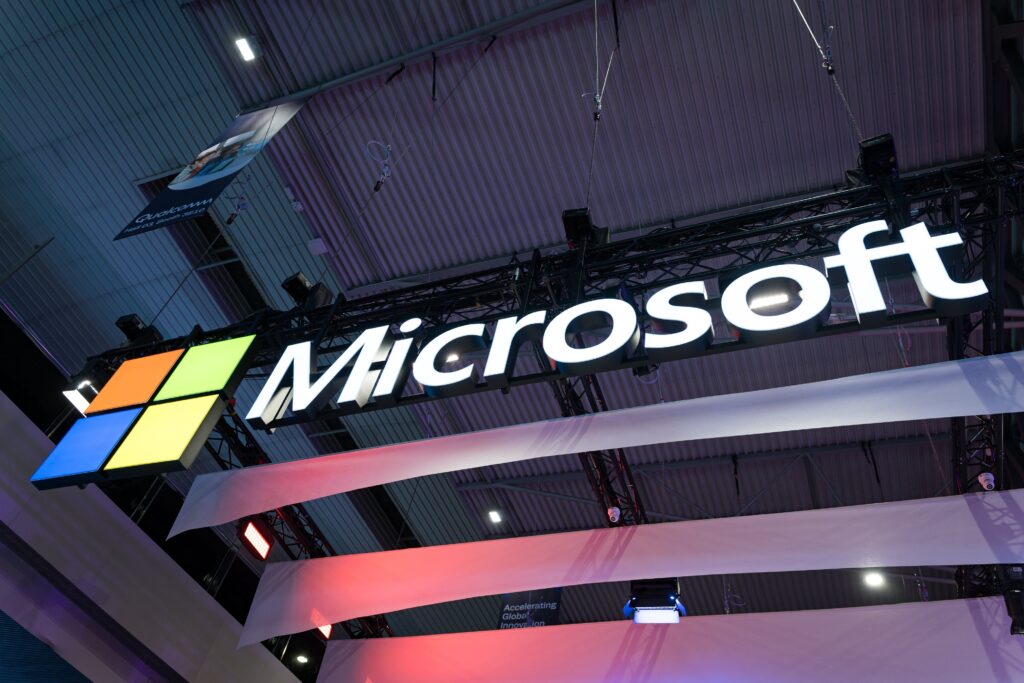A major shift is on the horizon for millions of computer owners. Microsoft will officially end support for Windows 10 on Tuesday, 14 October. After that date, security updates will stop, leaving many PCs exposed to cyber threats. Without these protections, hackers and malware could target older systems more easily. Microsoft urges users to upgrade to Windows 11 for free, but many devices won’t meet the new requirements. Nathan Proctor, senior director at the US consumer group PIRG, says the decision could harm both consumers and the environment.
Millions could be left behind
Windows remains the world’s most widely used operating system. Microsoft reports that it runs on more than 1.4 billion devices globally. According to Statcounter, around 43% of those were still using Windows 10 in July 2025. In the UK, consumer organisation Which? estimates that 21 million people continue to rely on Windows 10. A survey by the group found that about a quarter of users plan to keep using it even after official support ends. One in seven said they intend to buy a new computer.
Consumer advocates have criticised Microsoft’s decision, calling it unnecessary and wasteful. “People are tired of devices that stop working or lose software support too quickly,” said Proctor. “We deserve technology that lasts,” he added.
What users should do now
Microsoft gives personal users two main options. They can either upgrade to Windows 11 or sign up for extended security updates for another year. Both options can be managed through the “Privacy and Security” section in system settings. Those with compatible computers can upgrade for free. However, many will need to buy new hardware, even if their current PCs still perform well.
For users who cannot or do not want to upgrade, Microsoft offers the Extended Security Updates (ESU) programme until October 2026. This service provides important security patches but no new features or technical support. People living in the European Economic Area can register to receive ESU for free. Others can also qualify by updating to the latest Windows 10 version, having a Microsoft account, and backing up their PC settings.
If these conditions aren’t met, users must pay $30 (£22) or use 1,000 Microsoft Rewards points to access the updates. For businesses, the cost will be $61 per device, depending on region.
What’s different this time
Since its launch in 2015, Windows 10 has received steady updates to fix bugs, enhance security, and improve performance. Now, Microsoft is moving forward with Windows 11. However, many older PCs don’t meet the strict hardware requirements. The company also makes it harder to use Windows 11 without signing in to a Microsoft account. Ironically, extending Windows 10 support through ESU also requires one. Some users have voiced privacy concerns about this condition.
The risks of ignoring the change
Once support ends, Windows 10 devices will stop receiving critical security updates. This will make them more vulnerable to viruses, ransomware, and other online threats. Without patches, defences will weaken over time, leaving users exposed.
Recent cyberattacks have affected major retailers, car manufacturers, and childcare companies. Microsoft’s Chief Marketing Officer, Yusuf Mehdi, warns that organisations using unsupported software could face compliance issues. Developers may also stop offering updates for older systems, leading to lost features and compatibility problems.
The end of Windows 10 marks a turning point. Millions must now decide whether to upgrade or risk staying on an unprotected system as technology moves on.


